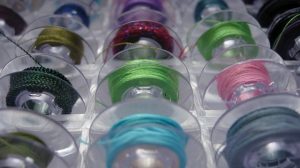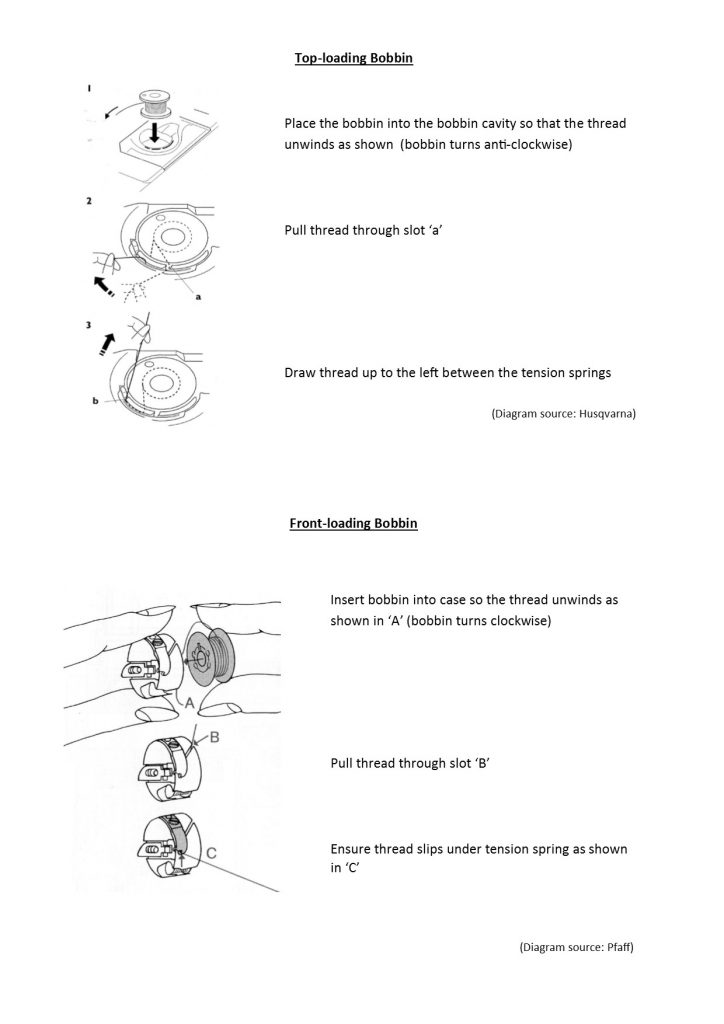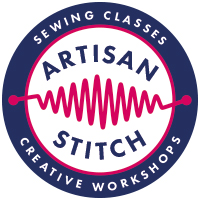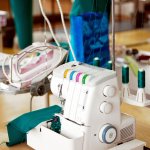There seems to be a common belief that sewing machine bobbins are interchangeable between machines. Perhaps this stems from the fact that you can buy them ready-wound?
Although sewing machine bobbins may all look the same at first, they may be very slightly different in size and shape and will not fit every machine. This may lead to many common sewing problems such as wrong tension (too tight or too loose), thread breakages, uneven stitching or not sewing at all. At worst, the bobbin could get jammed in the machine or cause damage so you should always use the bobbins intended for your make and model of machine. If you’re in doubt about the bobbins you have, then you should consult your local sewing machine dealer.

My Bobbin box.
Other problems
When winding your bobbin, make sure you place the thread into the bobbin-winding spindle correctly. Your sewing machine manual will have a diagram showing you how to do this. If the thread is too loose when it’s being wound onto the bobbin, it will not sew correctly. The thread on the bobbin should feel tightly-packed and look evenly-distributed. It should not feel spongy or appear ‘loopy’.
How to load bobbins into a sewing machine.
There are two varieties of sewing machine; a top-loading bobbin type where you remove the plastic cover from the machine bed and drop the bobbin in. Alternatively, there is a front-loading style which has a separate metal bobbin case which you removed from the machine. You put the thread-wound bobbin into the case, then load the case into the machine. Like the top thread, the bobbin thread also has to be held under the correct tension if the machine is to sew correctly. So it’s important that you load the bobbin correctly into the machine.
See the guide below if you’re in doubt.

Caption: How to load bobbins into a sewing machine. Instructions for top-loading and front-loading machines.









